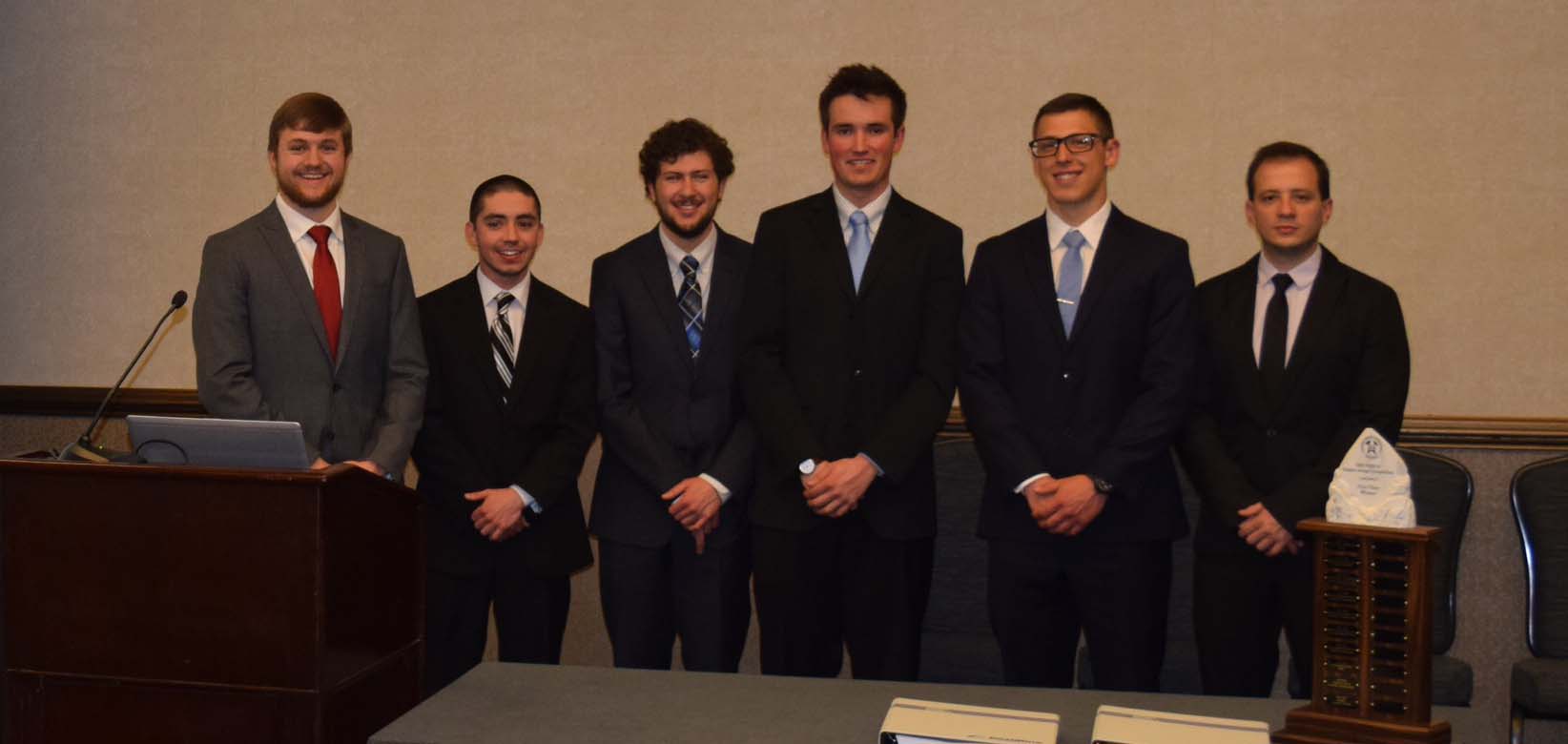A team of mining engineering students from the University of Nevada, Reno's College of Science redesigned and rebuilt a failing mining operation in 21 days - earning them a spot in the finals of the annual Society for Mining, Metallurgy and Exploration Student Design Team Competition. The fictional design problem put students' knowledge of math and engineering to the test as they went against five other top schools in the country.
Elizabeth Ball, Coordinator of Student Recruitment for the Mackay School of Earth Sciences and Engineering in the College of Science knows of the great demands the competition holds.
"The final competition is not an easy task as they are given a design problem and they have to present a solution 24 hours later to the judges," Ball said. "The competition is always demanding; we're all proud of their second place finish."
The University's John Mackay Club is the student chapter of SME. Each year, the club sends members to the SME Annual Meeting to participate in the competition.
The team, seniors Sean Diggins, Zack Ross, Rio McMahon and Danilo Crego, and juniors Ralston Pedersen and Alesio Rios, placed second in the competition behind winner Virginia Polytechnic Institute, and South Dakota School of Mines took third place.
The competition centered on design problems and the competitors' abilities to create something original and unique.
This year's problem: assist an operating limestone mine that was not making money and had operational complications. In the scenario, the mine produced 15 different products for which competitors had to design a functional plan to leave room for waste dumps, stockpiles, employee parking, processing plants and to maximize the mineable ore. They also had to meet market demand for all 15 products, and if they did not meet market demand, they would lose customers.
There are multiple phases that need to be complete in the competition. Phase one required the team to write a report in 21 days that presented a functional operations plan for the next 20 years.
"We pulled an all-nighter the day before Thanksgiving to complete the report," Diggins said. "Then we waited for some time before the results came in January."
Phase two was held in mid-February in Phoenix. It involved a new problem description that created a whole new set of operational drawbacks and demanded much more detail and elements than the phase one report.
"We worked on it pretty much non-stop until our final presentation," Diggins said.
The constant support from other classmates during the competition significantly helped the team and it paid off when they took home second place.
Members of the John Mackay Club are generally engineering majors, but the club also includes members from other earth sciences. The club offers students social opportunities, connects them with industry and promotes professional development.












